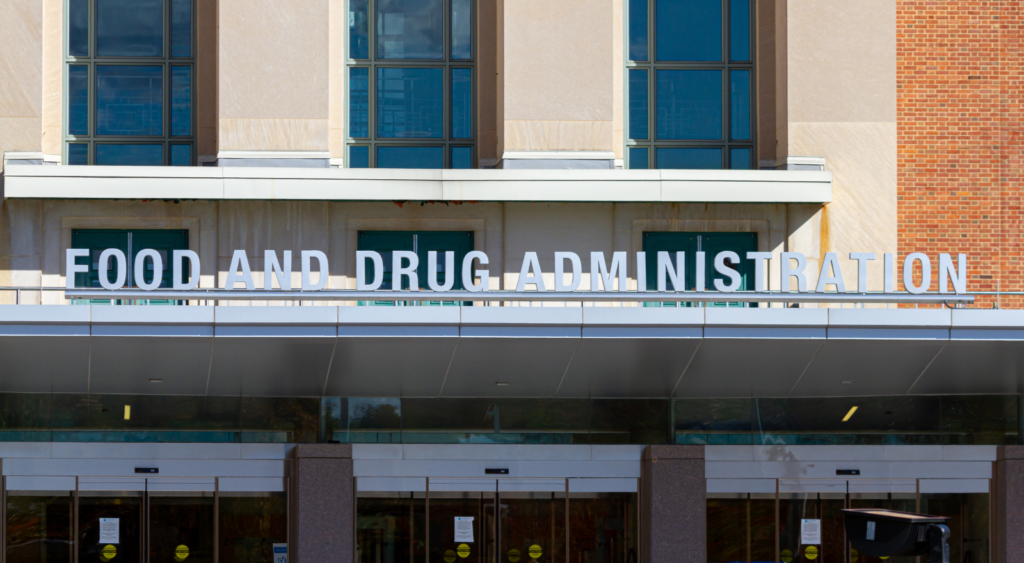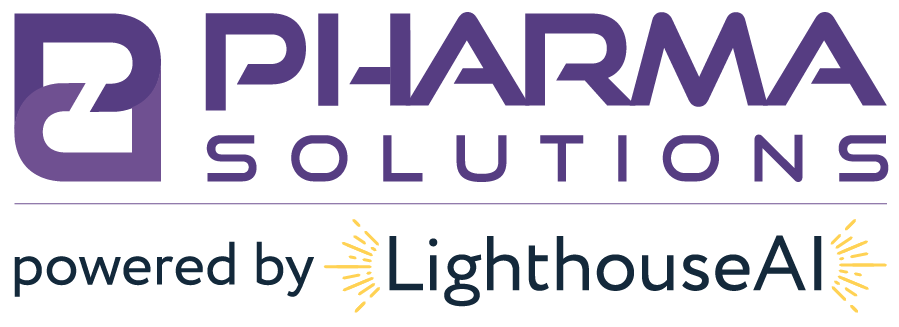
FDA Proposed Rules Review, Part 1 of 4: An Introduction
Written-by: Sumeet Singh, CEO
This article will review the FDA’s proposed rule concerning National Standards for Licensure of Wholesale Drug Distributors as well as the Executive Summary purpose of proposed rules for Third-Party Logistics Providers. We will additionally provide an outline of the major subparts of the proposed Part 205; a further analysis on the major subparts will be in the second, third, and fourth article of the series.
Overview
Congress passed the Drug Supply Chain Security Act (Title II of the Drug Quality and Security Act) in 2013 to address threats to the quality and security of the drug supply chain they believed was created by the existing “patchwork” of state regulation; they believed that national standards would prevent drug diverters who take advantage of the lack of uniform framework because State provisions are inconsistent. With Title I of the DQSA, Congress hoped to address the New England Compounding Center meningitis outbreak in 2012, which killed 64 people. Eight years and two months later, the Food and Drug Administration has finally proposed rules to address one of the more significant provisions of the DSCSA: establishing national standards for the licensure of Third-Party Logistics Providers and Wholesale Drug Distributors which shall preempt state regulation. There are three sections and four major subparts in the proposed 21 CFR part 205:
- Proposed §§ 205.1 Scope
- Proposed §§ 205.2 Applicability
- Proposed §§ 205.3 Definitions
- Subpart A: national licensing standards for State and Federal licenses issued to 3PLs. This is pursuant to section 584 of the FD&C Act, as amended by DSCSA
- Subparts B: set forth the process and standards for third-party accreditation and inspection services to become approved by the Federal Government to perform licensure reviews and conduct inspections for 3PLs. This is pursuant to section 584(d) of the FD&C Act.
- Subpart C: national licensing standards for State and Federal licenses issued to wholesale distributors. This is pursuant to sections 503(e) (as amended) and 583 of the FD&C Act, as amended by DSCSA.
- Subpart D: set forth the process and standards for third-party accreditation and inspection services to become approved by the Federal Government to perform licensure reviews and conduct inspections for WDDs. This is pursuant to section 583(c) of the FD&C Act (WDD).
FDA’s statement on purpose & need for additional regulation
The FDA maintains that the DSCSA establishes FDA as the licensing authority for wholesale distributors and 3PL licenses if a state from which a drug is being distributed has not established a licensing program in accordance with the regulation. The proposed rule will preempt States from establishing or continuing requirements for 3PL or WDD licensure that are different from the national standards and requirements. FDA does clarify, however, that States may implement additional “police powers” above and beyond FDA’s requirements (e.g., requiring that a company not employ individuals that have engaged in criminal activity related to prescription drugs).
FDA’s outline of costs and benefits
FDA states that the benefits of the rule would include the reduced prescription drug, a reduction in diversion of prescription drugs, a reduction in frequency and quantity of state licensure applications, and a reduction in state licensing standards. However, the FDA also mentions significant cost increases:
- for wholesale drug distributors and third-party logistics providers, the costs include learning about the rule, reporting to the FDA, undergoing routine inspections, writing and revising standard operating procedures, and conducting background checks. Wholesale-drug distributors would also incur costs to furnish surety bonds to their state licensing authority to obtain or renew their licenses.
- for states, the costs include the time spent reading and understanding the rule, passing or revising the laws and regulations governing their licensure programs, and inspecting WDD and 3PL facilities.
How the proposed rule adds to the Prescription Drug Marketing Act
Specifically, the proposed rule creates a distinct regulatory framework for 3PLs establishing minimum standards, terms, and conditions for licensure whereas the PDMA provided neither a specific definition of 3PL-type entities nor specific oversight over them. Accordingly, if an entity owns a facility in which it is engaging in 3PL activities and wholesale distribution out of the same facility, the entity will be required to hold a 3PL license and a separate wholesale distributor license for the distinct functions they perform.
Proposed §§ 205.1 & 205.2: Scope & Applicability
Naturally, the scope of the proposed rule covers all 3PLs and WDDs in the United States supply chain. The only piece of note in this section is that they specifically include distributors of bulk drug substances within the definition of a WDD.
Proposed §§ 205.3: Definitions
There are 14 new definitions:
- 3PL Activities
- Change of Entity Ownership
- Co-Licensed Partner
- Designated Representative
- Entity or Entities
- Facility
- Key Personnel
- Minimal Quantities
- Other Logistics Services
- Other Than a Consumer or Patient
- Product
- Significant Disciplinary Action
- Unfit for Distribution
- Wholesale distribution
Of these, there are five definitions that are particularly interesting:
Key Personnel
This definition is interesting because it creates potential oversight by the FDA and state regulators of individuals who are authorized to enter areas where prescription drugs are held and are likely to handle those prescription drugs as a part of their responsibilities within the operation. These individuals are in addition to any principal, owner, director, officer, and/or designated representative.
Minimal Quantities
This definition hones in on the infamous “5% rule” used by pharmacies to alleviate shortages, and, in some cases, to participate in market arbitrage for additional profit. Highlighting the importance is the FDA’s explicit request for comment on the codification of this 5 percent limit for office use and the definition of minimal quantities. First, there seems to finally be an initiative to clarify whether the 5% is based on the annual dollar amount sold versus quantity dispensed, for which the FDA has chosen the former. Second, the FDA explicitly defines a sale of trade or a prescription drug to other pharmacies or other entities as wholesale distribution.
Other Logistics Services
This definition may finally address the lack of clarity that specific business models that don’t take ownership of the product – including contract packagers, contract re-packagers, reverse distributors, contract manufacturers, and more.
Other Than a Consumer or Patient
FDA also considers the transfer or sale of a drug from one dispenser to another to fulfill a “specific patient need” to be outside the scope of wholesale distribution. However, a dispenser who transfers or sells a drug to a trading partner other than another dispenser, or to another dispenser where there is no specific patient need evidenced by a prescription, is distributing a drug to someone other than a consumer or patient, would be engaging in wholesale drug distribution requiring a wholesale distributor license. Additionally FDA considers the sale or transfer of a drug for investigational or research purposes to an investigator, under an investigational new drug application (IND) submitted to the FDA to be outside the scope of wholesale distribution because the drug is used for in vitro, clinical, or other research purposes under an IND.
Wholesale distribution
FDA explicitly excludes shortage drugs from the exemption of emergency medical reasons for wholesale distribution. However, FDA considers the activities of a manufacturer, when distributing its own drug, as excluded from the definition of wholesale distribution and not subject to the requirements that apply to wholesale distributors; given that if Manufacturer A purchases and distributes Manufacturer B’s drug, for which Manufacturer A has no affiliation and is not a co-licensed partner, Manufacturer A is engaged in wholesale distribution.
PART 205: National Standards for Third-Party Logistics Providers and Prescription Drug Wholesale Distributors
-
- 205.1 Scope.
- 205.2 Purpose.
- 205.3 Definitions.
Disclaimer: Pharma Solutions makes every effort to provide accurate information in the content it offers. However, the information provided is “as is” and Pharma Solutions makes no warranties, express or implied, as to the content provided. Pharma Solutions assumes no liability or responsibility for any errors or omissions in the content provided. Laws and regulations that are referenced herein may change over time and as such the content offered is not to be interpreted as advice. Pharma Solutions shall not be liable for any damages whatsoever incurred in connection with the use or performance of this information.




0 Comments